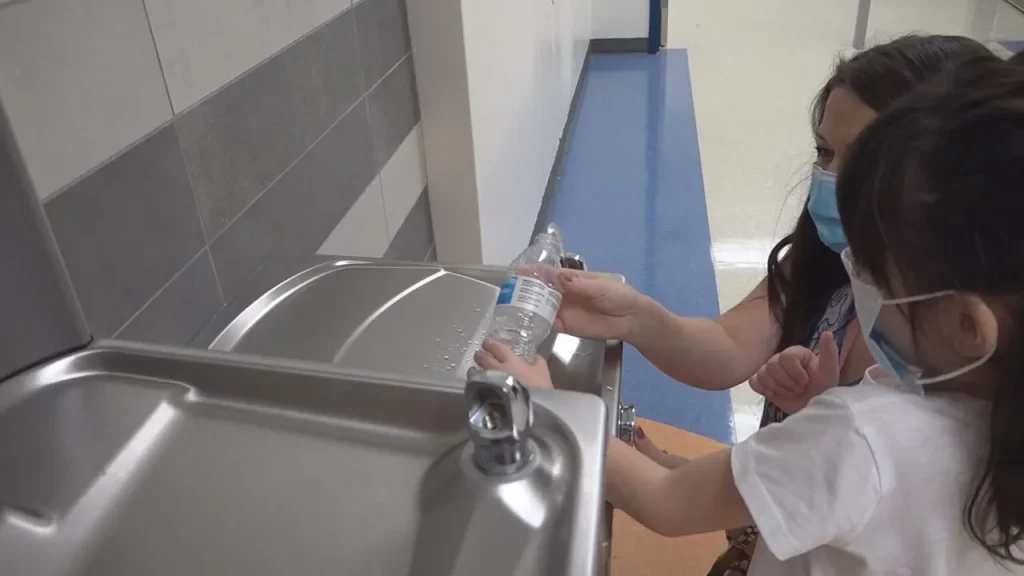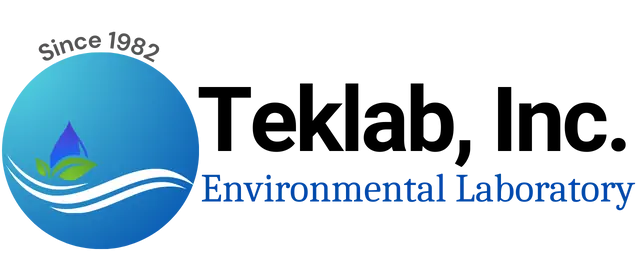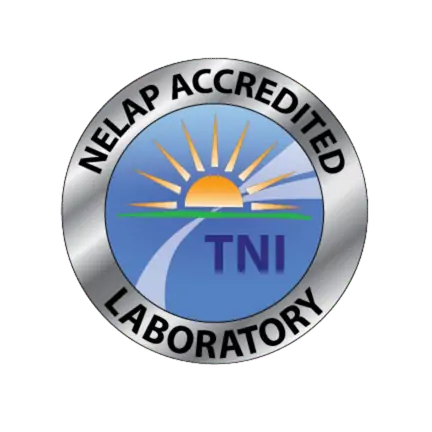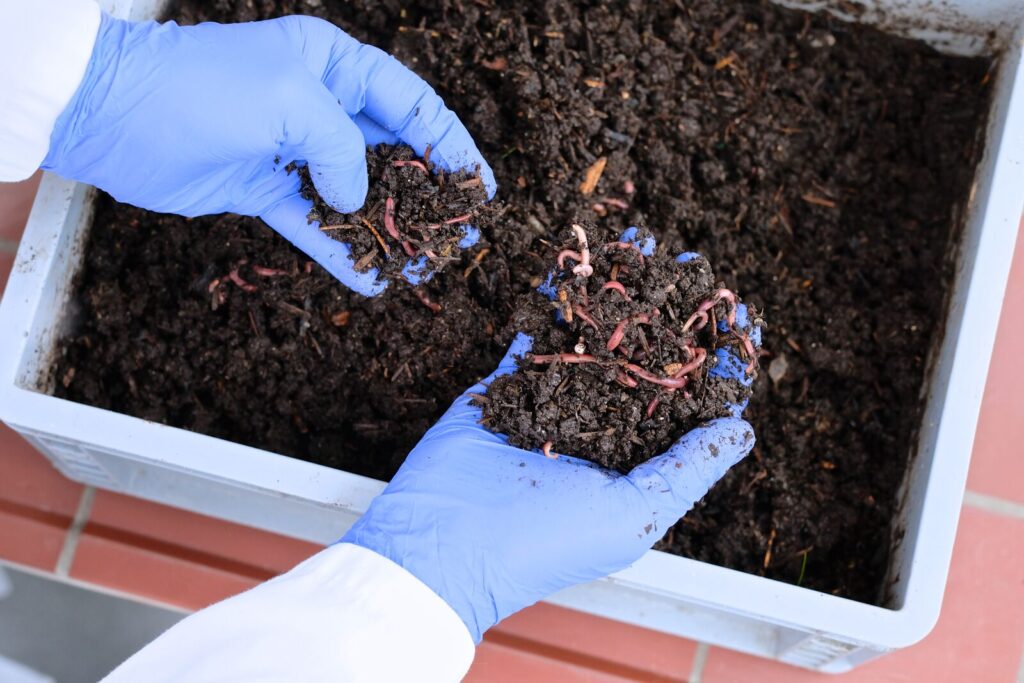Testing Drinking Water for Lead in Schools and Daycare Facilities
Most Illinois elementary schools and daycare centers are required to test their drinking water sources for lead. EPA and the Centers for Disease Control and Prevention (CDC) agree that there is no known safe level of lead in a child’s blood. Taking action to reduce these exposures can improve outcomes since lead is harmful to health, especially for children. School buildings constructed before 1987 and daycare centers constructed before 2000, that serve children under 6 years of age, are required to test their drinking water.
Sampling requirements for daycare centers are slightly different than those for schools. Most people can perform the sampling themselves. See the links below for step by step instructions or contact us for additional information.

Teklab has tested a multitude of drinking water samples from small day cares to large school facilities. We have the experience & expertise to gently guide you through this process. Under Public Act 099-0922 which took effect in 2017, community water supplies in Illinois have been required to submit annual service line material inventories to IEPA. In 2019, community water supplies in Illinois reported 677,359 known lead service lines currently connected to Illinois water systems. To learn more about lead service lines inventories in Illinois, visit IEPA’s lead service line information website.
Any laboratory testing for the presence of lead in drinking water must be accredited. Teklab, Inc. is IEPA accredited for the analysis of a wide variety of water quality parameters including drinking water lead. Please click here to see a list of our NELAP accredited methods. Teklab’s experienced Project Management team is readily available to discuss your specific needs and provide a quote for our services. For assistance, please contact our Director of Customer Service, Liz Hurley, at (877) 344-1003, Ext 33, or via email at [email protected]. We look forward to exploring how we can support you. If you need further help understanding your requirements, the EPA document 3T’s for Reducing Lead in Drinking Water in Schools is a great reference tool.
Further Details to Consider
For schools with budgetary constraints, page 28 (Section 4) provides an easy to understand explanation of how to collect samples yourself. Please note, however, the “3T’s” document is slightly different from the Illinois law. The law requires a ‘second draw’ after 30 seconds. The “3T’s” document only requires the second draw if the first result is high. Also the following EPA Drinking Water web-page provides easy to follow guidance on the new requirements. The EPA, through a combination of federal regulations, advisory programs, and partnerships with state governments, has established a framework to protect children from lead exposure in schools and daycare facilities. The implementation of these laws, particularly with the Safe Drinking Water Act’s Lead & Copper Rule, aims to enhance testing and provide faster remediation to safeguard children’s health. While the EPA provides federal oversight, many states have their own specific regulations and mandates regarding lead testing in schools and daycare centers.
Some states have enacted stricter regulations than those required by the EPA. Eleven states (California, Connecticut, Illinois, Maine, New Hampshire, New Jersey, North Carolina, Oregon, Rhode Island, Vermont and Washington) and two cities (New York City and D.C.) require licensed child care facilities to test their drinking water for lead.
- Facilities covered: Requirements may apply to child care centers, smaller home-based or family child care, or both. All requirements currently only cover licensed facilities.
- Testing timing, frequency, and location: The required frequency for testing ranges from a one-time test to testing every 1-6 years – often coinciding with when licenses are renewed. While most require sampling at all potential sources of drinking water (e.g., used to drink, cook, or mix infant formula) a few states only require limited sampling (e.g., at a single outlet).
- Standard: The lead level used to trigger corrective action is 15 parts per billion (ppb) in most states and New York City. Illinois uses 2 ppb, Vermont 4 ppb, and California’s 5 ppb.
- Corrective action and notification: Required actions if lead levels exceed the standard usually include stopping use of the affected fixture(s) and providing water that meets the standard. Illinois, Oregon, New Hampshire, and Vermont require a remedial action plan be submitted to the state. Communication to parents or guardians is required by seven states and Washington, DC, if levels above the standard are found; California, Oregon and Vermont require the notification regardless of testing results. California, Vermont, and New York City require posting of results publicly online.





